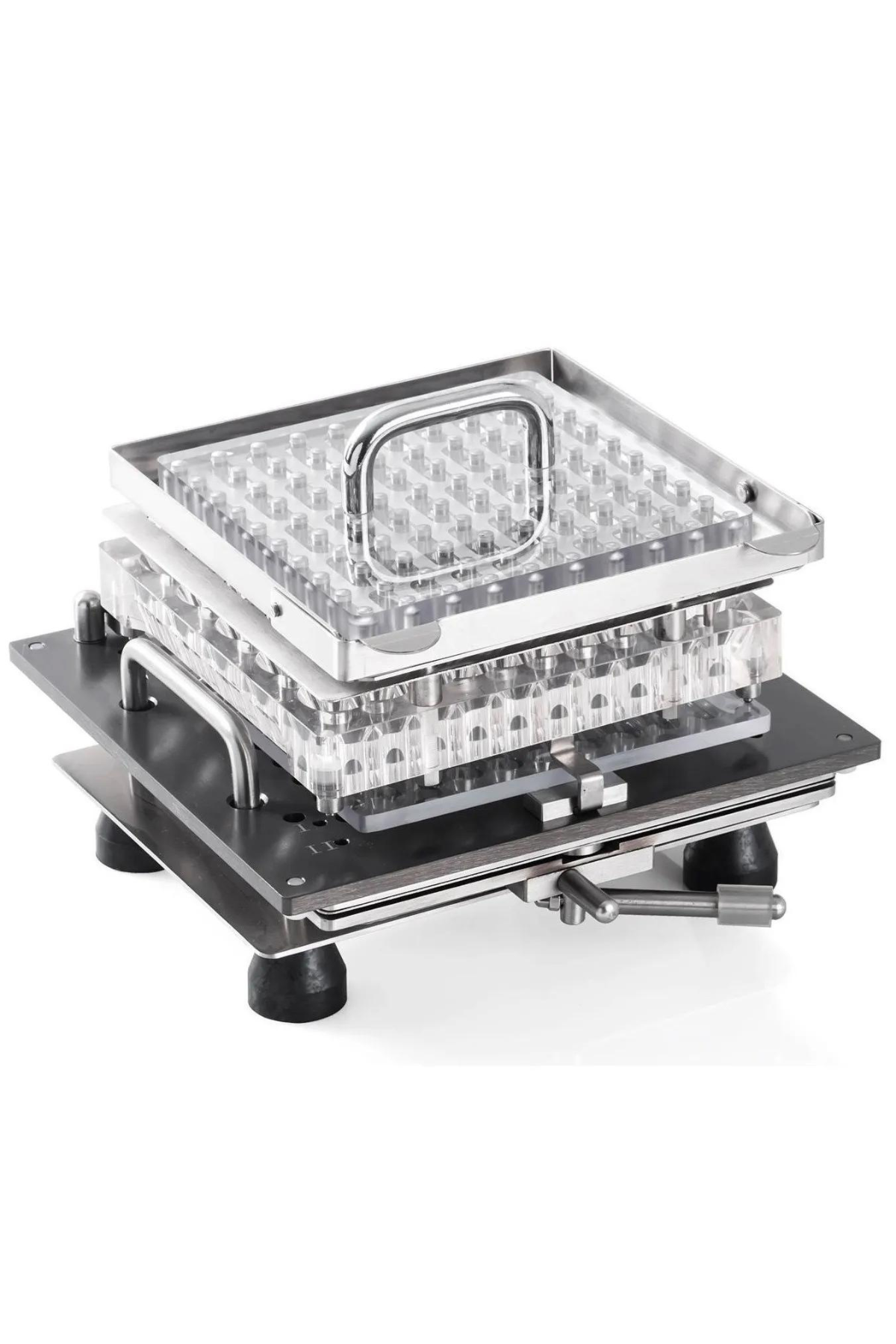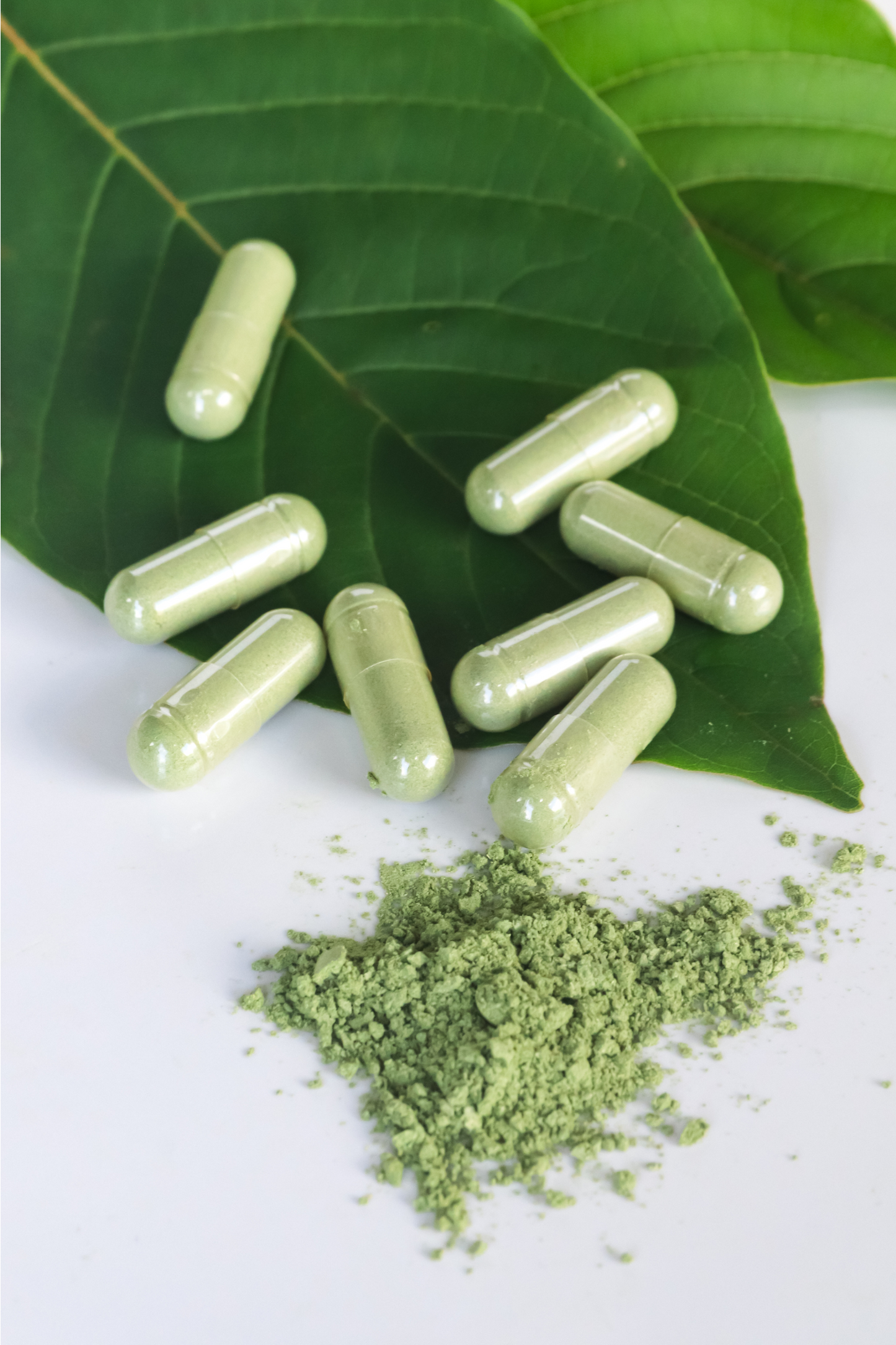
Manual vs Semi-Auto Capsule Filler: Which Is Best for Your First 100K Capsules?
If you are launching or scaling a supplement brand, one of the first big decisions is how to fill capsules efficiently without overspending on equipment. Should you start with a manual capsule filler, or jump straight to a semi-automatic capsule filling machine?
In this guide, we compare manual and semi-automatic capsule fillers specifically for brands producing up to their first 100,000 capsules so you can choose the setup that actually fits your volume, budget, and workflow.
Quick Comparison: Manual vs Semi-Auto Capsule Filler
| Feature | Manual Capsule Filler | Semi-Automatic Capsule Filler |
|---|---|---|
| Typical Output | 2,000 – 4,000 capsules/hour (100-hole plates) | 10,000 – 30,000+ capsules/hour |
| Best For | Startups, R&D, small batches, custom formulas | Growing brands, small contract manufacturers |
| Upfront Cost | Low (hundreds of dollars) | Higher (thousands to tens of thousands) |
| Operator Skill | Simple to learn, fully manual | Requires basic training, some automation |
| Power | No power required | 110V/220V electrical power required |
| Flexibility | Great for frequent changeovers & small runs | Best when running larger, repeated batches |
If you are still testing your market or offering small custom runs, a manual filler is often the smartest entry point. If you already have stable demand and regular orders, a semi-auto machine can save huge labor costs and de-bottleneck production.
When a Manual Capsule Filler Is Your Best Choice
Manual capsule fillers are simple devices that use a small plate (often 50–100 holes) to align and fill capsules by hand. They are ideal when you:
- Produce short runs (hundreds to a few thousand capsules per batch).
- Are still testing formulas or markets and want low upfront risk.
- Need to switch formulas frequently (e.g., custom blends, seasonal SKUs).
- Have limited space and no access to 220V power in your room.
- Need a simple backup even after you buy larger equipment.
Typical Output with a 100-Hole Manual Capsule Filler
Real-world output depends on your operator, powder flow, and how organized your workflow is. But a realistic range for a 100-hole filler is:
- 20 – 25 cycles/hour for a trained operator
- 100 capsules per cycle
That translates to about:
- 2,000 – 2,500 capsules/hour for most users
- Up to ~4,000 capsules/hour with optimized workflow and experience
At this speed, producing your first 100,000 capsules looks like:
- At 2,500 caps/hour → about 40 hours of filling time
- At 4,000 caps/hour → about 25 hours of filling time
For many new brands, this is perfectly acceptable. You can produce an entire launch batch of 500–1,000 bottles over a few focused days with a small team.
Pros of Manual Capsule Fillers
- Lowest starting cost – easy to get started without big financing.
- Very small footprint – fits on a bench in a small lab or home-based facility.
- No power needed – simpler to set up and move.
- Fast changeovers – ideal for multiple SKUs or R&D work.
Limitations of Manual Capsule Fillers
- Higher labor per capsule – operators get tired, speed is limited.
- Harder to scale beyond 100K–200K caps/month without adding people or shifts.
- Inconsistent fill weights if your powder doesn’t flow well or process isn’t standardized.
In short, manual capsule fillers are excellent for getting into the game, but they are not designed to handle sustained high-volume production on their own.
When a Semi-Automatic Capsule Filler Is Worth the Investment
Semi-automatic capsule fillers (such as JTJ-series machines) automate key steps: capsule separation, filling, tamping, and sometimes locking. Operators still load and unload plates, but the machine manages dosing and many repetitive motions.
They make sense when you:
- Already have consistent orders or signed customers.
- Need to produce 50,000+ capsules per month regularly.
- Want to reduce dependence on manual labor and fatigue.
- Need more consistent fill weights for audits and customer confidence.
Typical Output of a Semi-Automatic Capsule Filling Machine
Depending on the model and capsule size, semi-auto machines typically produce around:
- 10,000 – 30,000+ capsules/hour
Even at a conservative 12,000 capsules/hour, your first 100,000 capsules would only take about:
- 8–9 hours of machine time
That is the difference between a few days of manual filling versus a single shift on a semi-automatic line.
Pros of Semi-Automatic Capsule Fillers
- Much higher throughput – ideal when volume ramps up quickly.
- Better accuracy & consistency – easier to satisfy QA and customer expectations.
- Lower labor cost per capsule – fewer hours of manual work for the same volume.
- More professional impression when customers or auditors visit your facility.
Limitations of Semi-Automatic Capsule Fillers
- Higher upfront cost – usually requires financing or a larger budget.
- Needs suitable power & compressed air in many cases.
- Best for stable products and SKUs – constant changeovers reduce efficiency.
If you are still unsure about long-term demand, you may not get full value from a semi-auto machine right away. But once you are consistently reordering capsules and ingredients, the time savings often justify the investment quickly.
How to Decide for Your First 100K Capsules
Here is a simple way to think about it:
Choose a Manual Capsule Filler If:
- You are launching your first product and still testing market fit.
- Your initial plan is under 100,000 capsules in the first few months.
- You only need to produce a few thousand capsules per batch at a time.
- You prefer to keep your equipment budget under a few thousand dollars.
Choose a Semi-Automatic Capsule Filler If:
- You already have orders that will push you beyond 100,000 capsules quickly.
- Your brand is selling well on Amazon, Shopify, or wholesale and you need to catch up with demand.
- You want to reduce headcount or overtime in production.
- You are building a small GMP-compliant facility with auditors and regular inspections.
Smart Upgrade Path: Start Manual, Scale to Semi-Auto
For many supplement entrepreneurs, the best path is not “manual or semi-auto forever” but a planned upgrade path:
-
Stage 1 – Manual Capsule Filler + Bulk Capsules
Validate your formula, brand, and marketing. Learn your real demand and dial in your SOPs. Keep capital expenses low. -
Stage 2 – Semi-Automatic Capsule Filler
Once demand is proven, upgrade to a semi-auto machine to handle your core SKUs. Keep the manual filler for R&D or small custom runs. -
Stage 3 – Automatic Capsule Filler + Full Line
When your volumes truly explode, move into fully automatic encapsulation and integrate bottle filling, capping, sealing, and labeling.
This step-by-step approach keeps your cash flow healthy while giving you a clear roadmap from launch to a stable production line.
Why Choose Leadlife Health for Your Capsule Filling Equipment
Leadlife Health focuses on supplement brands in the U.S. and Canada. That means our machines, capsules, and support are all designed to make your life easier as a small to mid-sized brand owner.
- Ships from the USA – fast, predictable delivery without the uncertainty of long international logistics.
- 110V-ready equipment – easy to install in typical North American facilities.
- Local support – real people who understand capsules, supplements, and small-batch production.
- Matched capsules + machines – we supply both the capsule fillers and the empty gelatin/vegan capsules that run smoothly on them.
Ready to choose your first capsule filler?
- Browse manual capsule fillers for R&D labs and startups.
- Explore semi-automatic capsule fillers for growing supplement brands.
- Shop empty gelatin and vegan capsules that work perfectly with our machines.







